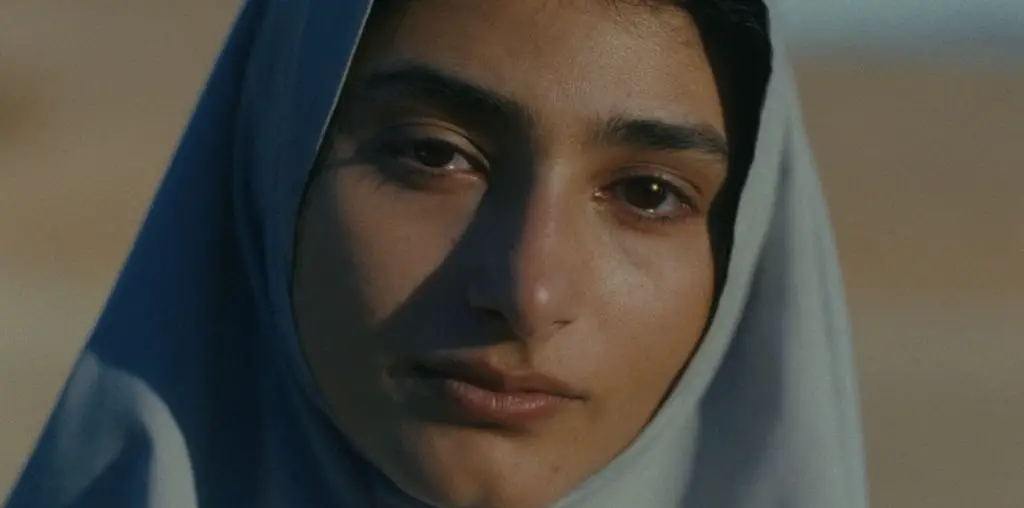
I was recently asked by a friend if I could do a series of columns (or “”blogs” if you want to sound like a moron) on what I thought were ten horror movies of importance for one reason or another. They didn’t have to be great films, but they had to be important in the realm of horror and possibly cinema in general. I felt up to the task, and I thought I would begin with one of my most favorite films of all time — “”The Texas Chainsaw Massacre.” (And I’m not talking about the remake, which, to be honest, only appealed to those who like their scares safe.)
“”The Texas Chainsaw Massacre” (“”TCM”) is far from an entertaining film. In fact, it’s about as entertaining as “”Irreversible” or “”Requiem for a Dream.” It is, however, an artistically successful movie. It not only did exactly what the filmmakers set out to do, but it also became a hallmark of horror cinema and is considered to be a landmark film, as well.
“”The Texas Chainsaw Massacre” was the first horror film to change the blueprints. It was the first nihilistic horror movie, and it was the first to feel so real. Up until that point in horror history, the horror movies were very conservative, rarely dancing away from the genre’s clichés. (This is still true today, as far too many of the films of what should be the most daring genre never stray too far from the formulas that make them work. Part of that can be blamed on the audience, which doesn’t like to have its expectations tweaked, but it is the job of the creator to do that very thing, and they are failing.) Tobe Hooper’s film changed that. It had a fairy tale beginning (kids off to see grandpa’s house) and a real fairy tale ending (as opposed to the sanitized conclusions the original fairy tales had tacked on so as not to disturb children), as its only surviving protagonist ended the film by losing her sanity while the villain survived, his chainsaw swinging in the air as he did his dance against the rising sun. It was the exact opposite of the normal Western film ending and inadvertently symbolized the new era in cinema.
When the movie played, audiences reacted — often negatively. It was impossible to watch the film and not feel some sort of emotion, usually fear and repulsion. Here was a movie about young people going on a road trip to visit childhood memories and instead encountering a family of cannibals who were smarter than them, faster than them and more sinister than anything that had previously been put on screen. It was shot in such a way that it looked like a documentary, and while there was little blood spilled, it was hard to find a viewer who didn’t come out of it thinking he or she had just witnessed a bloodbath. Newspaper and magazines articles spoke out against it, calling it a crime against cinema. It became the stuff of legend, and it ended up changing horror films forever.
After “”TCM” came out, creators of horror films saw that you could take things further than they had ever gone before and still have a good movie. Happy endings could be done away with, too, leaving a cinematic conclusion that was not only more realistic, but also more effective. When people left the theatre after watching “”TCM,” they knew they were seeing something that could have happened (the movie did actually get some inspiration from the real life crimes of Ed Gein, who actually never killed anyone with a chainsaw, but did wear human flesh) and could still be happening. There were no underwater creatures, vampires or aliens. The antagonists were the kind of people who could really exist, and that made them all the scarier.
The movie never needed to be remade, but it happened nonetheless, and gave people who were too afraid to see the original a chance to think they were watching something comparable. There couldn’t be anything further from the truth. The remake was a polished bit of cinema pretending to be something nasty, a movie that got notoriety off of nothing more than its name and the reputation of the original film. Had the original “”TCM” never existed, and this remake were the only film to sport that title, there would be no talk of it being a classic or influential. It was a throwaway piece of work meant to capitalize on an MTV-raised public’s appetite for remakes and cheap thrills. It offered nothing new, and was a disgrace upon the entire franchise (which has really done its best to soil the mark of the original). Where the original film offered a sense of terror spun out of a chaotic environment, the remake resorted to juvenile jolts and predictable situations. Horror? Terror? Only due to the fact that it had even been made.
Twenty years from now the original film will continue to capture imaginations and be examined by critics. The remake will be a footnote, only serving to remind us that the original was an excellent bit of horror and cinematic history. It opened the door for filmmakers everywhere to stop playing it safe. After “”TCM” they saw the possibilities in taking things one step further, and the entire world of cinema was better off for it.



I agree. This Film was so creepy and really bloody.
[…] unknown wrote an interesting post today onHere’s a quick excerptI was recently asked by a friend if I could do a series of columns (or “blogs†if you want to sound like a moron) on what I thought were ten horror movies of importance for one reason or another. They didn’t have to be great films, … […]